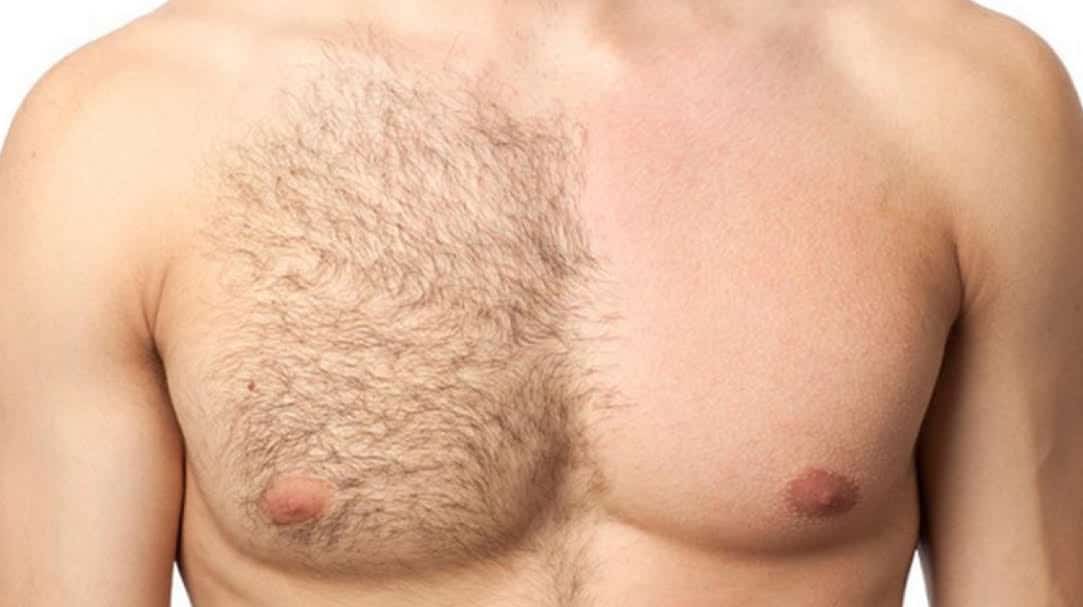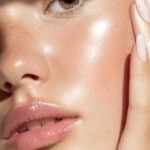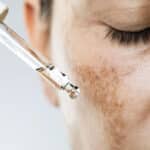
Does Waxing Slow Hair Growth? Here’s What Really Happens (And What I See at the Spa)
If you’ve ever wondered whether waxing slows down hair growth, you’re definitely not alone. It’s one of the top questions my guests ask at Mekah’s Body Shop—and after 18+ years as an esthetician offering everything from female body waxing to manzilians right here in Burbank, I’ve seen the long-term effects firsthand.
So let’s break it down: Does waxing really reduce hair growth over time?
The Short Answer: Yes, But It’s More Like a Slow Fade
Waxing doesn’t stop hair growth completely, but it absolutely can lead to finer, sparser, and slower-growing hair—especially if you stay consistent.
Here’s what’s happening under the skin:
🌀 The Hair Growth Cycle 101
Hair grows in three main cycling stages:
- Anagen (growth phase) – Most affected by wax!
- Catagen (transitional phase)
- Telogen (resting/shedding phase)
When we remove hair during the anagen phase—by pulling it from the root with either hard wax or strip wax—we weaken the follicle. Over time, this leads to:
- Thinner, finer hairs
- Slower regrowth
- Some follicles stopping production altogether
👉 Consistency is key. One wax won’t give long-term changes, but sticking to a schedule (every 4–6 weeks) will.
Real Results I See in the Treatment Room
At my spa in Burbank, I’ve helped thousands of guests see the benefits of professional waxing. Some common results I’ve noticed:
- Guests who come in regularly for body waxing using either strip or hard wax see smoother skin that lasts longer.
- Manzilian and boyzilian guests often report less irritation and patchy regrowth after just 3 consistent sessions.
- Over time, many guests transition to touch-ups only.
Why I Use Both Strip Wax and Hard Wax at MBS
I use both strip wax and hard wax, choosing based on skin sensitivity, hair texture, and the area being treated.
✅ Strip Wax (Soft Wax):
- Ideal for large areas like legs, back, chest, and arms
- Quickly removes both fine and coarse hairs
- Works best for guests with non-sensitive skin
✅ Hard Wax:
- Perfect for sensitive areas like the bikini line, underarms, and face
- Less tug on the skin—great for first-timers
- No strips needed; it hardens and lifts cleanly
Over nearly two decades, I’ve developed techniques that combine both wax types for the most effective and comfortable results possible.
Learn more about strip vs. hard wax →
DIY Waxing vs. Professional Care
At-home kits might save a few dollars, but they often come with:
- Missed patches
- Skin burns or irritation
- Higher risk of ingrown hairs
- Only one wax option, usually low-quality
At MBS, I tailor every wax session using professional-grade hard wax and strip wax, depending on what your body needs. It’s not one-size-fits-all—and that’s the difference a professional makes.
Best Practices for Slowing Hair Regrowth
To get the best results—and slower regrowth—here’s what I recommend:
🧽 1. Exfoliate with a Loofa
Regular exfoliation removes dead skin and helps prevent ingrown hairs. I carry natural loofas at the spa—ask me about them during your next visit.
🌤️ 2. Use Sunblock After Waxing
Newly waxed skin is more vulnerable to UV rays. I stock gentle SPF options designed for post-wax skin—no clogged pores, no irritation.
🌿 3. Use a Serum for Hyperpigmentation
If you’ve dealt with dark spots, especially in waxed areas, I have targeted serums available at the spa to help even out skin tone and soothe inflammation.
Final Thoughts: Waxing Isn’t Just Hair Removal—It’s Skin Care
Every guest’s body is different, but if you commit to regular waxing, you’ll likely see:
- Fewer hairs
- Slower regrowth
- Softer skin
- Longer-lasting smoothness
That’s the kind of glow I want you to bring into beauty trends 2025 and beyond.
Whether you’re booking your first wax or you’re a seasoned regular, I’m here to make sure your skin looks and feels its best—with the right wax for your body.
📅 Ready to Wax Smarter?
Let’s create a routine that actually works for your skin and schedule.
FAQ
Q: Will waxing eventually stop hair growth completely?
Not completely, but many guests notice slower growth and finer hairs over time. Some follicles even stop producing hair with consistent waxing.
Q: Does it matter if you use hard wax or strip wax?
Yes! Each wax has its place. I use strip wax for larger areas and hard wax for sensitive zones. This combo gives the best results with the least irritation.
Q: How long does it take to see slower hair growth?
Most guests start noticing slower, patchier regrowth after 3–4 waxes. More dramatic results usually show up around the 6-month mark.


